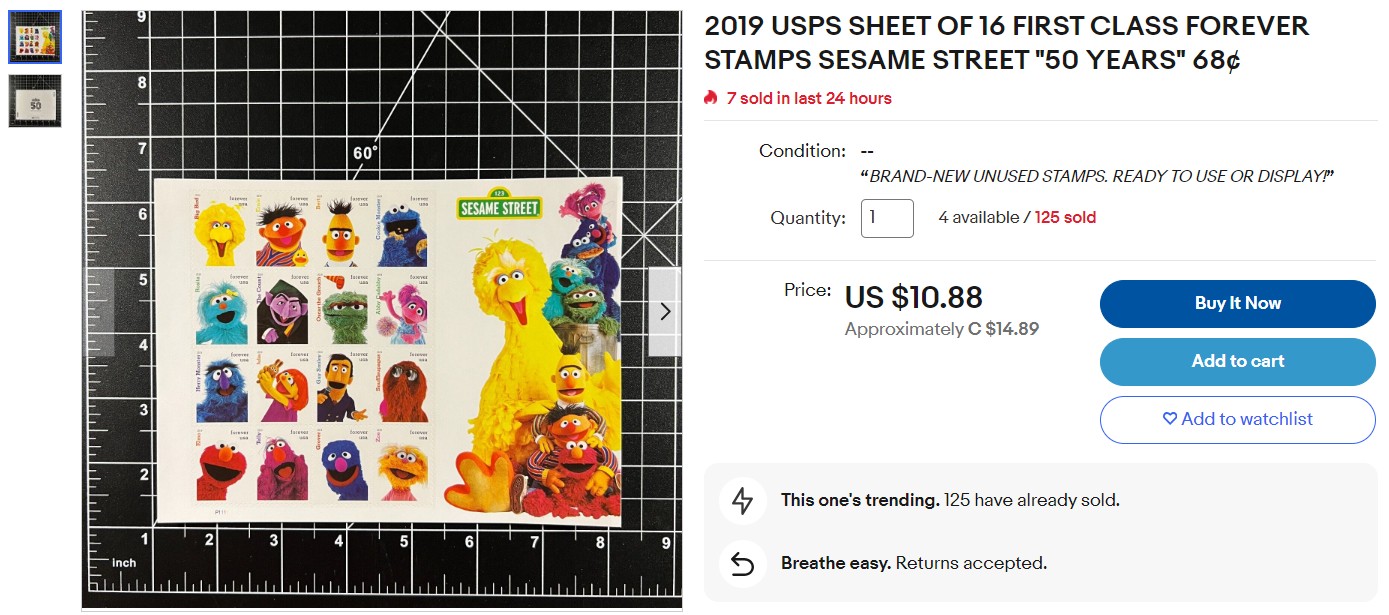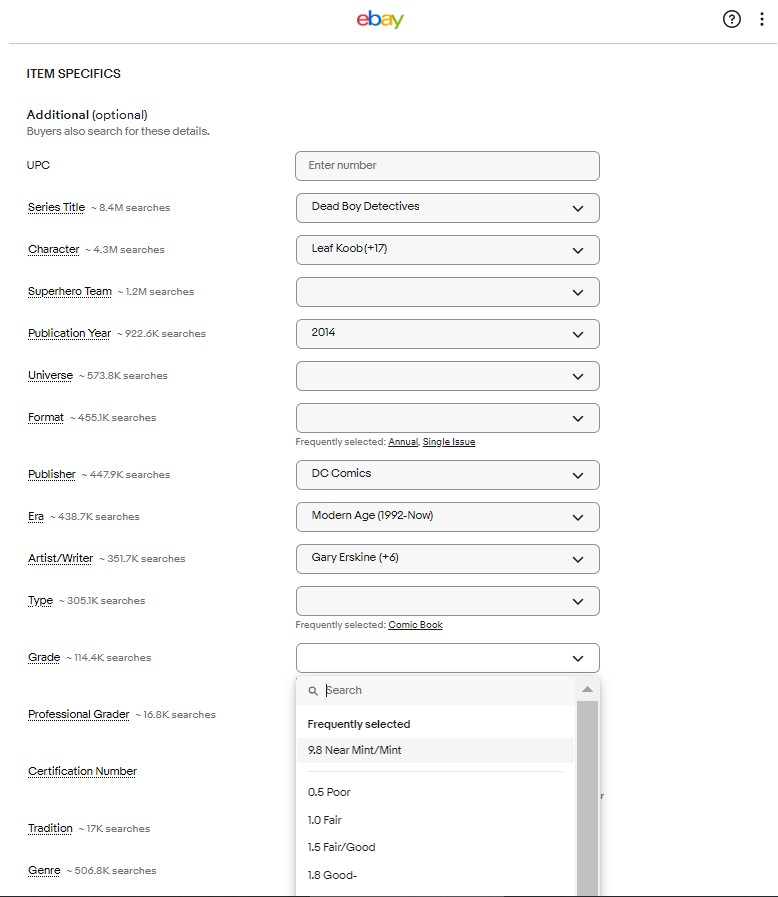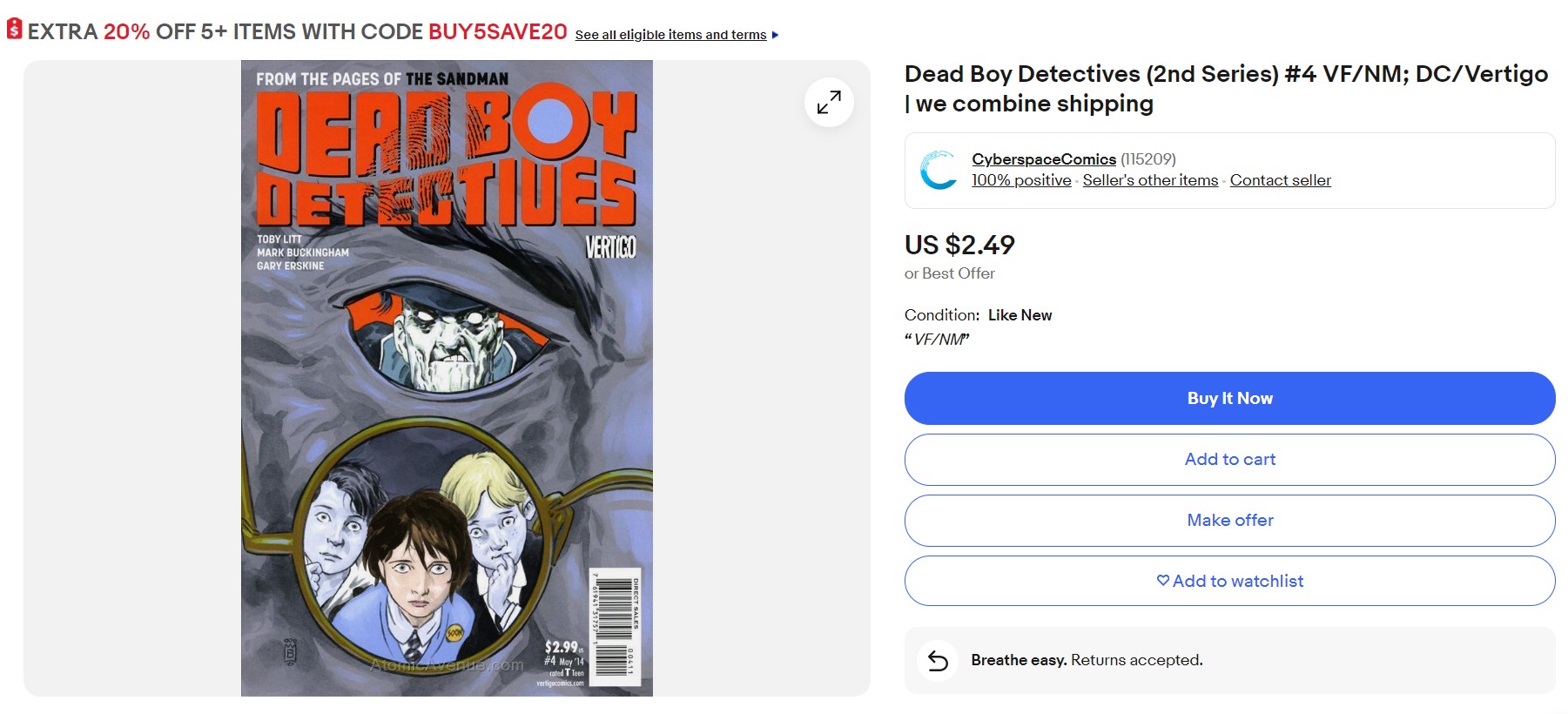When listing your item
1. Set proper expectations for the buyer: make sure your listing title and item descriptions are accurate, and include plenty of photos, making sure to highlight any flaws.
2. Provide as many item specifics as you can so the buyer knows exactly what they’re purchasing.
3. State your return policy clearly in your listing. If you’re happy to accept returns, you can automatically accept them, issue refunds, and even provide return shipping. This can make the process easier for the buyer and less effort for you.
4. When stating your handling time, make sure it’s something you can manage. Failing to ship on time can lead to your item arriving late.
5. To help you get paid quickly and avoid having to cancel orders because the buyer didn't pay, set your payment preferences to require immediate payment on Buy It Now and Auction listings.
6. Choose a shipping method with insurance and shipment tracking.
After your listing ends
- Use one of the shipping carriers integrated with eBay, and upload tracking details within your handling time. This lets the buyer know where their item is, and it helps to protect you in case they claim they don’t receive their item. If you buy and print an eBay shipping label, tracking information is uploaded automatically
- Make sure to pack the item securely and carefully to reduce the chance of it being damaged in transit. An item can be in perfect condition when you ship it, but if it arrives damaged, the buyer is entitled to send it back to you
- Provide the buyer with any appropriate proofs of authenticity for the item, but keep copies of them in case we need to ask you to prove that the item is genuine
- If your returns policy is to accept returns and cover return shipping, consider including a return label in the package. If the buyer has an issue, it’ll make things easier for both of you
Working with the buyer
It’s important to work with your buyer and help them resolve any issues that may come up with their order. Here are some steps you can take:
- If a buyer lets you know that they have a problem with their purchase, you should respond to them as quickly as possible. Keep in mind that you have 3 business days to resolve their issue before they can ask us to step in to help
- If the buyer has opened a return request for an item that doesn't match the listing description, and you do not respond, eBay may refund the buyer and seek reimbursement from you without requiring the buyer to ship the item back
- When communicating with the buyer, do your best to be polite and professional in your responses, even when they’re upset or angry. It helps to provide a better customer experience, and it might make it easier to come to an agreement about their issue
- If the buyer wants to return the item, they may accept a replacement (where you send them the same item again) or an exchange (where you send them a similar but different item)
- Buyers may also accept a partial refund, where they keep the item and you give them back some of their money
Learn more about helping buyers if their item didn’t arrive, or how to handle a return.
Top Takeaway
When creating your listing, make sure to provide a detailed description of your item and a clear statement of your return policy. This will help you avoid problems, but if something does go wrong, we’re always here to help.



















